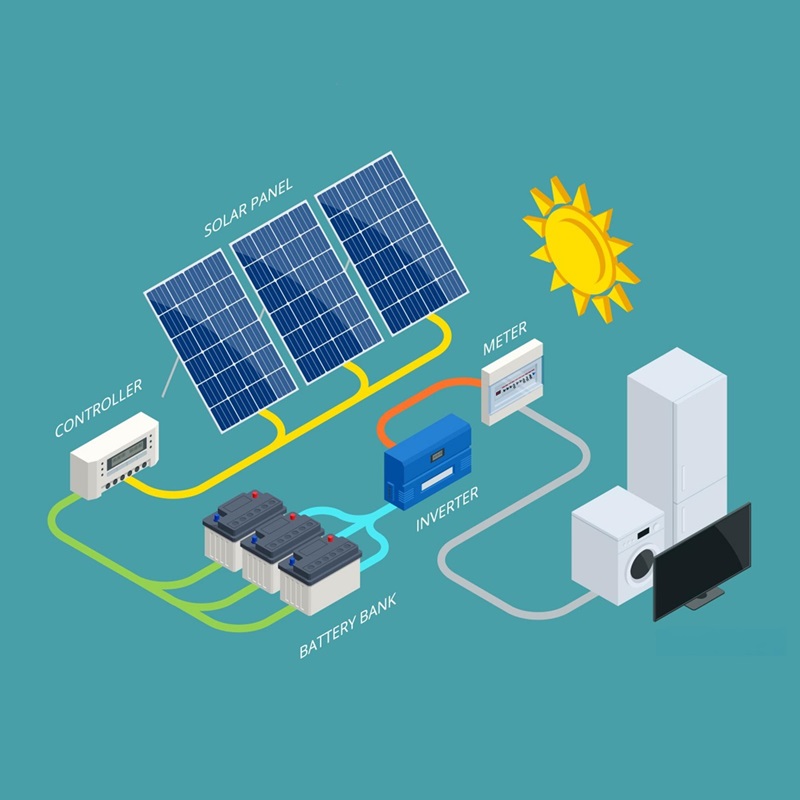
Photovoltaic system efficiency (Performance Ratio, PR) is an important concept in the photovoltaic industry. It includes the aging attenuation efficiency of solar cells and components, AC/DC low-voltage system losses and other equipment aging efficiency, inverter conversion efficiency, transformer and grid loss efficiency. System efficiency is generally calculated by the following formula:
System efficiency PR=Energy generation in a certain period of time E/(Photovoltaic system capacity P*peak sunshine hours in a certain period of time)
The main factors affecting system efficiency are:
The average power attenuation of photovoltaic components is about 1% per year, and the Chinese national standard requires that the power attenuation within 20 years is not more than 20%;
The series-parallel loss of photovoltaic strings is about 0.5%;
The average loss of dust and snow is 4%~5%;
The average temperature coefficient loss of photovoltaic components is about 4%;
The DC cable connection loss is about 2%;
The AC cable connection loss is also about 2%;
The efficiency of photovoltaic inverters is 97%~97.5%;
The efficiency of step-up transformers is 98%.
Therefore, the overall efficiency of a photovoltaic power generation system is generally between 80% and 82%, rather than the attenuation efficiency of photovoltaic modules or the conversion efficiency of photovoltaic inverters as some people believe.